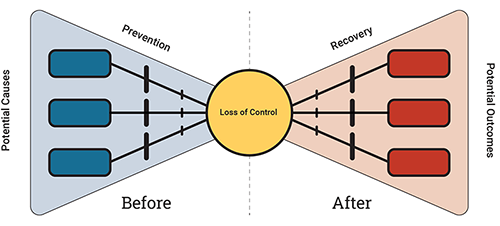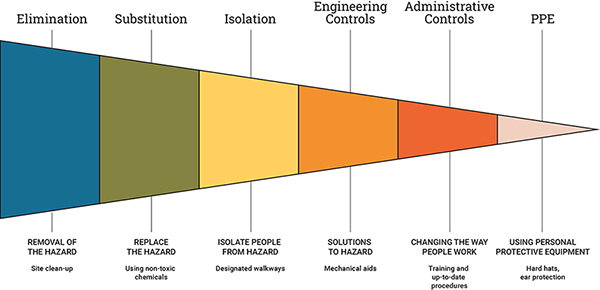Insight Risk Systems: Using Bowties
Using Bowties to Visualize, Communicate, and Control High Energy STKY Hazards to Prevent Serious Incidents and Fatalities
Recognizing the Real hazards in High-Risk Work Environments
Industries create life saving rules to protect workers from the hazards most likely to harm them. However, beyond these rules, there are additional high-energy hazards, the Stuff That Kills You (STKY), especially in mining and remote operations. Workers’ recognition of and respect for these hazards is the key first step in keeping everyone safe.
Building Resilient Systems Using Bowties
We have been using bowties with industry partners for years, to help them visualize what can go wrong and how to create resilient, fail safe systems. Together with Suncor, Energy Safety Canada, and the Alberta Construction Safety Association, we have held a series of workshops, with 200+ workers, to create bowties for high-energy hazards most likely to harm them.
Bowties are a visualization technique to illustrate:
- Loss of control over STKY hazards
- Potential causes
- Potential outcomes
- Prevention controls
- Mitigation/recovery controls
Understanding the Role of Controls in Safety
Bowties show that safety is a presence of layers of controls, rather than an absence of serious consequences. If you have more controls to help prevent and recover, you are more likely to fail safe than fail lucky. These layers are also aligned with the hierarchy of controls. Elimination, substitution, isolation, often prevent the loss of control and, thus, are most effective. While administrative controls (training, permits) and PPE often minimize consequences and are less effective.
To discuss how you can analyse the gaps in your company’s risk management system, contact us: Dr. Lianne Lefsrud, P.Eng., CEO, Insight Risk Systems. 780.951.3455 or lianne.lefsrud@insightrisksystems.com
You can download a PDF version of this page by clicking the button below. This PDF contains the same content currently displayed on the webpage, making it easy to save, print, or share offline.


